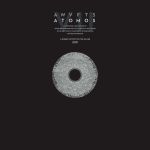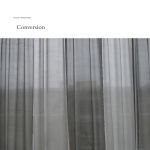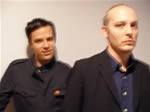The fact alone that Brian McBride is one of the founding core members of Stars of the Lid (along with Adam Wiltzie), is enough to raise a lot of interest about this new release on the Kranky label.
Or maybe I should say “buzz”, considering the documentary this soundtrack was created for.
Inevitably, this record bears the mark of Stars of the Lid music: the use of extended string chords combined with electronic, the melancholic, “lamentable” overall sound – anyone familiar with the Stars OTL will immediately recognize this.
But this is not a SOTL album: it is a Brian McBride solo-album (his second, following 2005’s “When the Detail Lost its Freedom).
And this means there are some noticeable differences, too.





